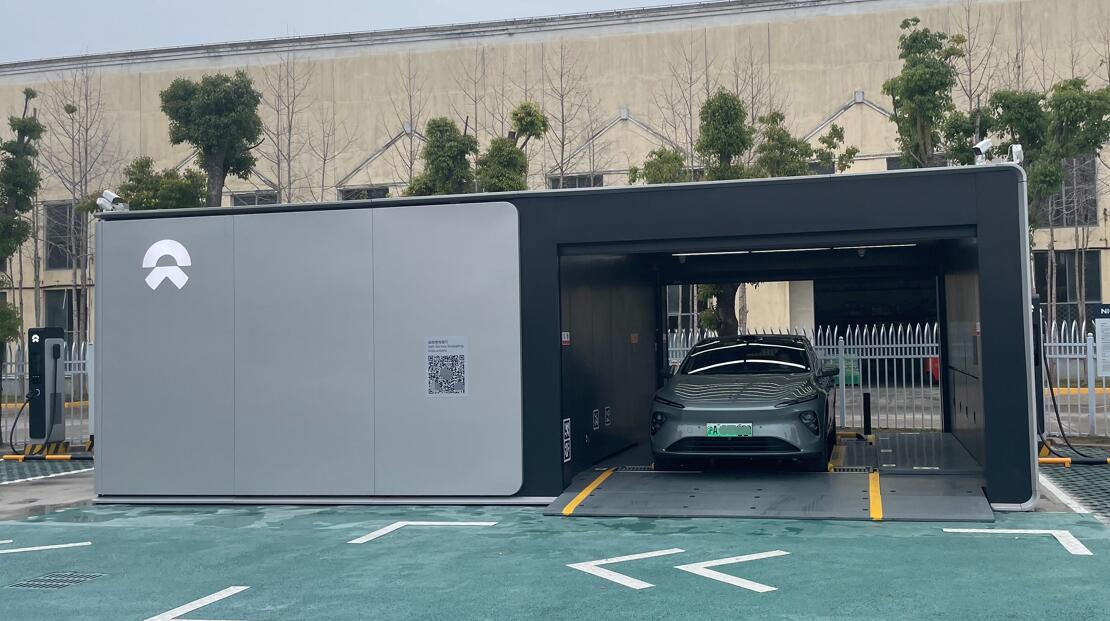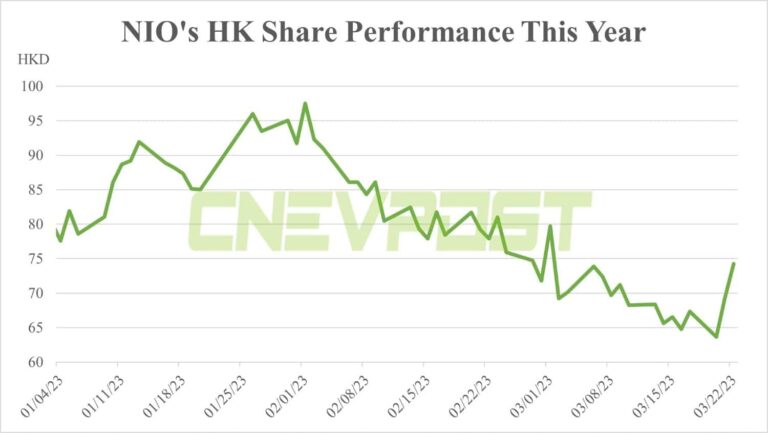Up to 70 percent of Nio's owners are in China's tier 1 and tier 2 cities, and the company wants to leverage battery swap stations to reach out to less-developed tier 3 and tier 4 cities.
(Image credit: CnEVPost)
Nio (NYSE: NIO) announced aggressive new battery swap station construction plans late last month. Now, one of the company's co-founders has revealed more about the thinking behind it.
Up to 70 percent of Nio owners are in China's first- and second-tier cities, and for the less-developed third- and fourth-tier cities, the company wants to reach out with battery swap stations rather than showrooms that include Nio Houses and Nio Spaces, said its co-founder and president Qin Lihong.
Qin mentioned these in an interview with local media 36kr, saying, Nio had opened stores in third and fourth-tier cities, but found the results to be mediocre, according to the text of the interview released today.
That's because even if Nio opened stores in those cities, it still took some time for the people there to accept new things, so the company has now adjusted its strategy, Qin said.
Battery swap stations in tier 3 and tier 4 cities can replace stores, Qin said, adding that there is some market space in those cities, but the traffic is not steady, so stores are not needed.
But with battery swap stations, people will be able to see these facilities every day, he said.
In addition, some cities may not contribute many sales, but are travel destinations for residents of big cities, such as Chongming in Shanghai, he said.
Nio's plan, announced at Nio Day late last year, was to add 400 battery swap stations in 2023.
On February 21, that plan was revised upward to 1,000, and Nio founder, chairman and CEO William Li said at the time that the company would also increase its efforts to build the facility in third- and fourth-tier cities and counties that have certain user base and do not yet have battery swap stations.
At an internal Nio meeting late last year, several executives were asked to vote on the business that would best drive sales in 2023, and battery swap stations received the most support, according to the 36kr report today.
The addition of 1,000 battery swap stations this year represents more of a commitment for Nio, meaning the company will build as many of the facilities as it can, according to Qin.
In the interview, Qin also refuted claims that Nio doesn't care about costs, saying the company is very clear about its numbers.
In addition to the normal advertising, public relations and maintenance costs, there are several special metrics in Nio's marketing costs, including the average cost of user development and the average cost of user service, he said.
Nio's average development cost per user is the cost of everything about selling cars, which the company aims to optimize year by year. But such costs do not have a particularly large scale effect, such as advertising costs, which are not cheaper the higher the investment, he said.
Nio's average cost of user service, including car repair, maintenance, charging, battery swap, they are decreasing year by year, Qin said.
Qin did not disclose specific numbers but said Nio's average cost of user service this year could be a quarter of what it was in 2018.


